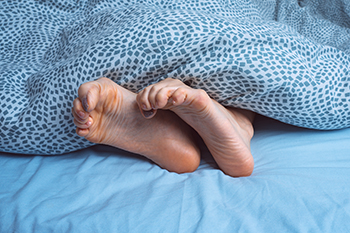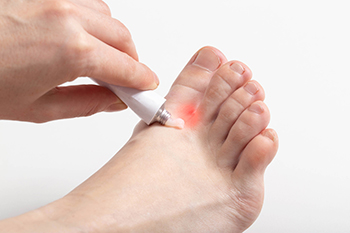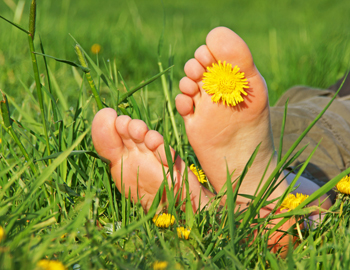
Sever's disease, named after Dr. James Warren Sever who first described the condition in 1912, is a common cause of heel pain in growing children and adolescents. This condition primarily affects the heel's growth plate, an area at the back of the foot where new bone forms during growth spurts. Symptoms typically include pain and tenderness at the heel, which can be worsened by physical activity. The discomfort often increases with running, jumping, or other high-impact activities and might cause limping or difficulty walking. Sever's disease targets active children, particularly those aged eight to 14 during periods of rapid growth. The pain usually subsides with rest and decreases once the growth plates close as the child matures. Treatment focuses on reducing symptoms through rest, stretching exercises, and wearing supportive footwear to alleviate pressure on the heel. If your active child has heel pain, it is suggested that you visit a chiropodist who can successfully diagnose and treat Sever’s disease.
Sever’s disease typically affects young children and teenagers. If your child complains of foot pain, please consult with one of the specialists from Thornhill Foot Clinic. Our chiropodists will assess your condition and provide you with quality foot and ankle treatment.
What Is Sever’s Disease?
Sever’s disease, also known as calcaneal apophysitis, is an inflammation of the growth plate in the heel bone. It is typically caused by overuse due to repetitive activities such as running, jumping, and playing certain sports. This condition most frequently affects children between the ages of 8 and 14.
Symptoms
Symptoms of Sever’s disease include:
Pain in the back or bottom of the heel
Pain when the sides of the heel are squeezed
Limping or walking on tiptoes to avoid putting pressure on the heel
Difficulty running, jumping, or participating in usual activities
Fatigue
Diagnosis
Sever’s disease is diagnosed by taking a thorough medical history and performing a physical examination. Imaging studies, such as an X-ray, can help rule out other injuries like a fracture.
Treatment
Sever’s disease typically heals without any long-term complications. Treatment involves resting the affected foot by reducing typical activities, wearing orthotics to support the foot, immobilizing the affected foot, taking medications to reduce pain and inflammation, and stretching the foot.
If you have any questions, please feel free to contact our office located in . We offer the newest diagnostic and treatment technologies for all your foot care needs.








